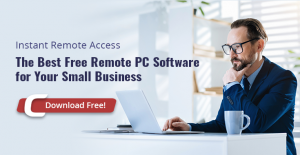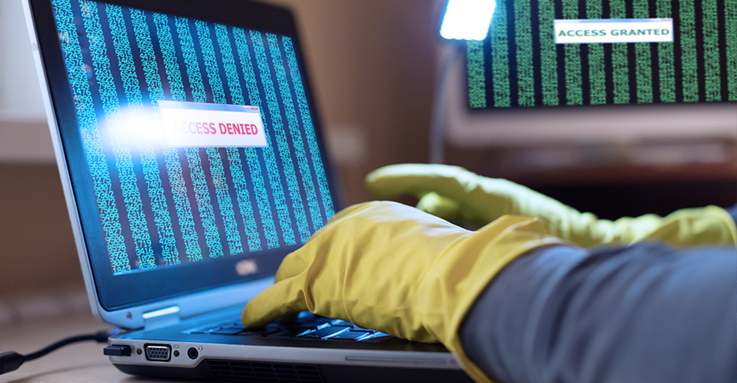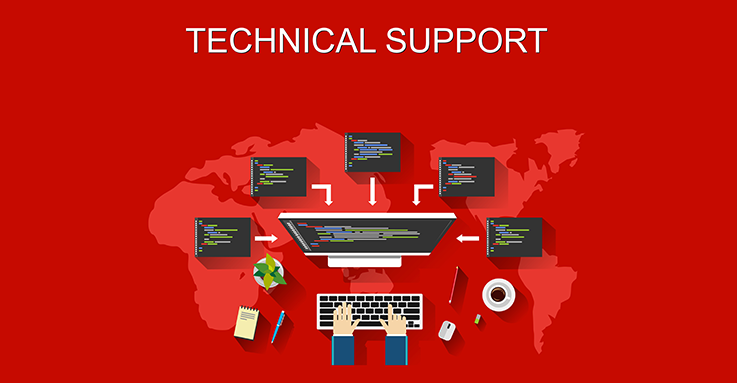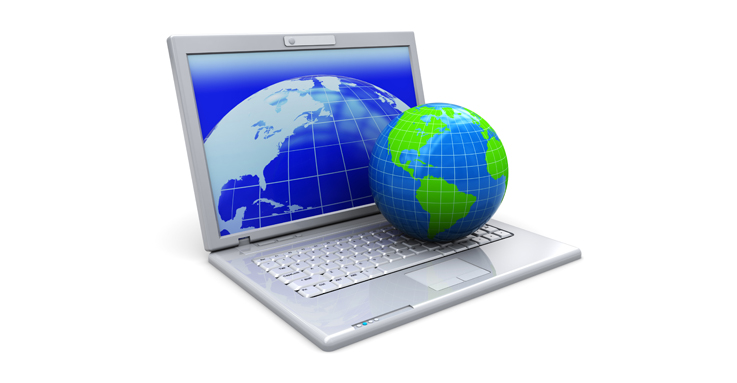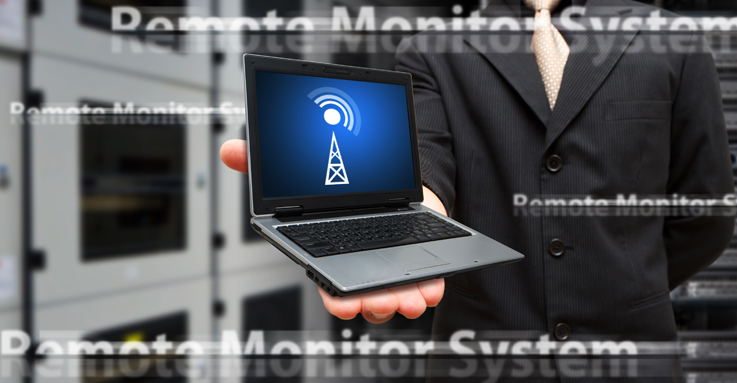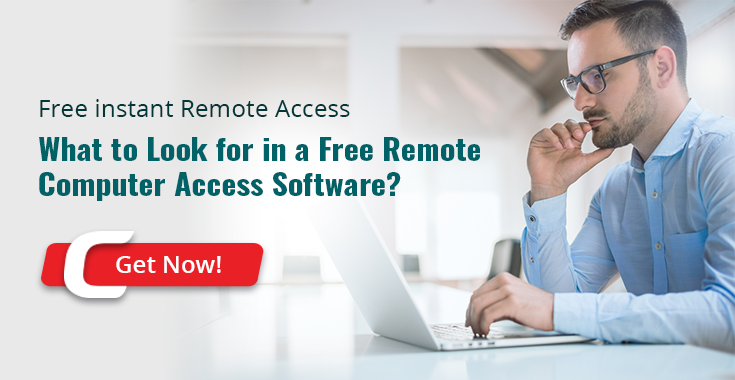Remotely accessing another computer is important for businesses these days. This allows employees to access their office files and documents from anywhere at any time. While some organizations have already realized the benefits of utilizing remote access software, some are still yet to discover the wonders of this technology.
If you’re looking for simple ways to maximize the efficiency of your business, then consider investing in remote access software. We’ll show you some of its key benefits as you dive into today’s article.
Remote Access Software
Remote access software is a piece of technology that enables users to connect to remote devices over an internet connection. Once connected, the users can now access a remote computer and subsequently, perform several computing tasks on it. Among the key functions of remote access software include troubleshooting, file transferring, and software installation.
Remote access software helps businesses maintain a productive work culture even in the most unforeseen circumstances. This tool is primarily used to help employees stay connected to important office resources from anywhere at any time. With this, all business demands and requests can be immediately addressed even outside of working hours.
In contrast, IT professionals use remote access software as a tool that provides off-site support to clients. This allows them to fix their clients technical issues from anywhere, even from their own office desks. With remote access software, they can just instantly connect to their clients devices and start troubleshooting issues remotely. This eliminates the need to travel from places to places, allowing them to provide immediate solutions to any technical issue there is.
Typically, remote access software needs to be downloaded on both the local and remote servers. Any user may also be prompted to provide the necessary login requirements using this technology. As stated a while back, remote access software typically works when a stable internet connection is established. It also allows users to connect to remote endpoints even outside of a local network.
Benefits of Remote Access Software
Most businesses nowadays use remote access software for a number of practical uses. As stated a while ago, it can be one of the simplest ways for you to maximize the efficiency of your business. We’ll take a look now at some of the key benefits of remote access software.
Productivity – The landscape of business these days demands for quick and immediate solutions. That’s why finding a tool that’s going to allow your employees to address business requirements on the go is necessary. Remote access software can help your employees work on certain business demands even outside of working hours. With this, they can access their office desktops and resources from anywhere at any time.
Moreover, employees who may be bombarded with business demands while on-leave or on vacation can still address them effectively using remote access software. With this, all business opportunities can still be maintained. Employees can also work remotely using remote access software. This means that they can still accomplish their office tasks even if something hinders them from being at their office physically.
Immediate Solution – Your in-house IT team can instantly resolve any technical issues your employees are experiencing with their office devices using remote access software. This means that they no longer need to sit right in front of the device in order to fix its issues manually. They can also provide support to multiple devices all at the same time. This can save them a lot of time which in the end, makes the work a lot more effective and efficient.
Cost-Effective – One of the perks of investing in remote access software is its ability to allow employers to hire remote workers. With remote access, you don’t necessarily have to require your employees to work in a central work location or in a specific corporate space. Hiring remote workers is technically, a lot cheaper than hiring on-site employees. This means that you can save a lot of money by not spending on more office space and infrastructures.
Flexibility – Remote access software allows your employees to work anywhere outside of a central work location. This means that they can still complete their daily work routines even from home, libraries, cafes, and public parks. With this, they can achieve a healthy balance between life and work, allowing them to attend to their outside-of-work activities while still being productive at work. In return, it helps with your company’s overall attrition rate.
Conclusion
In business, time and pace matter. That’s why you need a tool that’s going to help your employees address business demands from anywhere at any time. Invest now in remote access software and prepare your organization for the ever-changing nature of business landscape.


